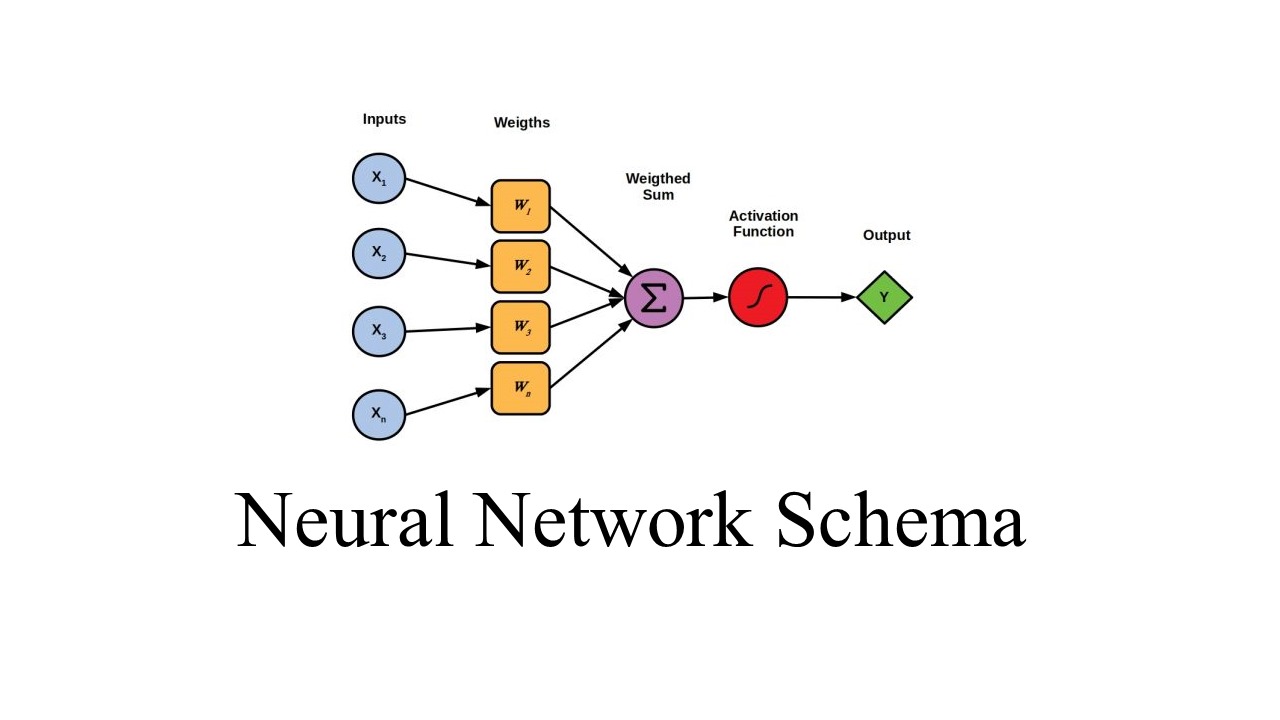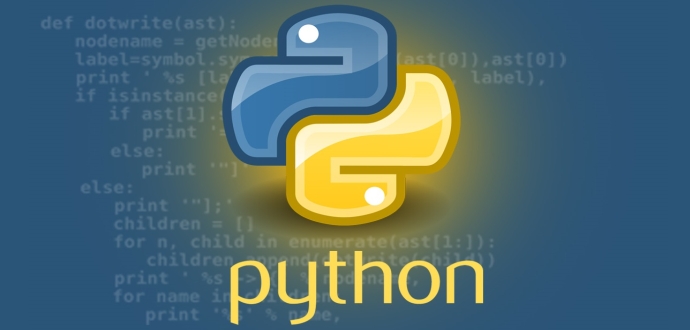Category: Python Coding
-

Exploring Strategies for Handling Imbalanced Classes in Machine Learning
Imbalanced class distribution poses a significant challenge in machine learning, where the occurrence of certain events is rare compared to others. In this tutorial, we delve into various strategies to address this issue, exploring oversampling, undersampling, pipeline integration, algorithm awareness, and anomaly detection. By understanding and implementing these techniques, we aim to build more robust…
-

A Comprehensive Guide to Array Handling and Advanced Operations using Numpy
Numpy, Your Gateway to Powerful Array Manipulation in Python If you’re venturing into the realm of scientific computing or data analysis with Python, Numpy is your trusted companion. This library is tailored for multidimensional array operations, offering features like seamless data consistency checks, efficient memory usage, and lightning-fast vector arithmetic. In this comprehensive guide, we’ll…
-

Essential Pandas for Machine Learning: Part 1
Pandas is a powerful and versatile open-source library for data analysis in Python. It provides easy-to-use data structures like Series and DataFrames, making it an essential tool for handling and manipulating data in machine learning projects. In this blog post, we will explore some key aspects of Pandas that are crucial for anyone working in…
-

TimeCraft: Navigating Python’s Datetime Magic
Introduction: In the dynamic realm of Python programming, understanding and manipulating dates and times are essential skills. Despite the absence of a dedicated date data type in Python, the datetime module emerges as a powerful tool for managing temporal information. In this comprehensive blog post, we’ll embark on a journey through the intricacies of the…
-

Anatomy of Neural Networks
Introduction: In the vast landscape of artificial intelligence, neural networks have emerged as the shining stars of unsupervised machine learning. Inspired by the intricate workings of the human brain, these electronic networks have revolutionized the way we approach data modeling and prediction. In this blog post, we’ll delve into the fascinating world of neural networks,…
-

Python Data Analysis: Understanding Categorical Plots for Effective Data Visualization
Data analysis is a crucial step in extracting meaningful insights from your datasets. Python, with its extensive ecosystem of libraries, provides a powerful platform for data analysis and visualization. In this blog post, we will explore one essential aspect of data visualization in Python: Categorical Plots. Categorical plots help us visualize data with categorical variables,…
-

Numeric Types
In Python, numeric data type represent the data which has numeric value. Numeric value can be integer, floating number or even complex numbers. These values are defined as int, float and complex class in Python. 1) Integers – This value is represented by int class. It contains positive or negative whole numbers (without fraction or…

